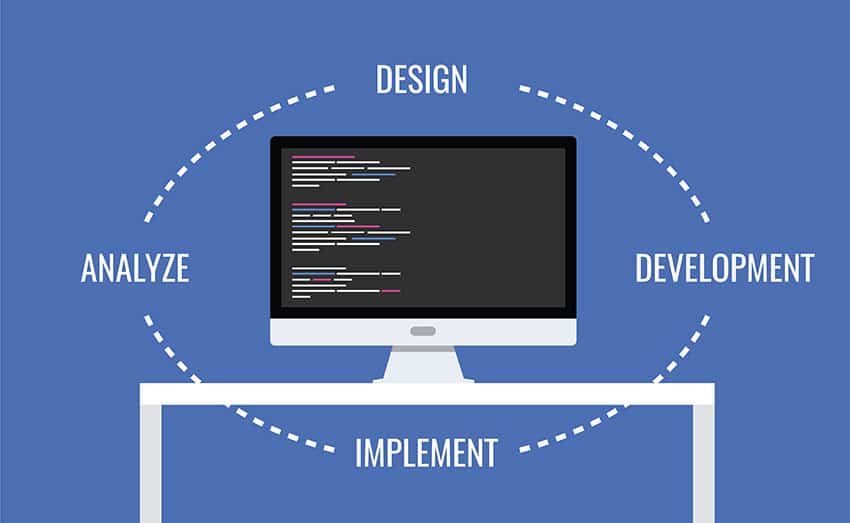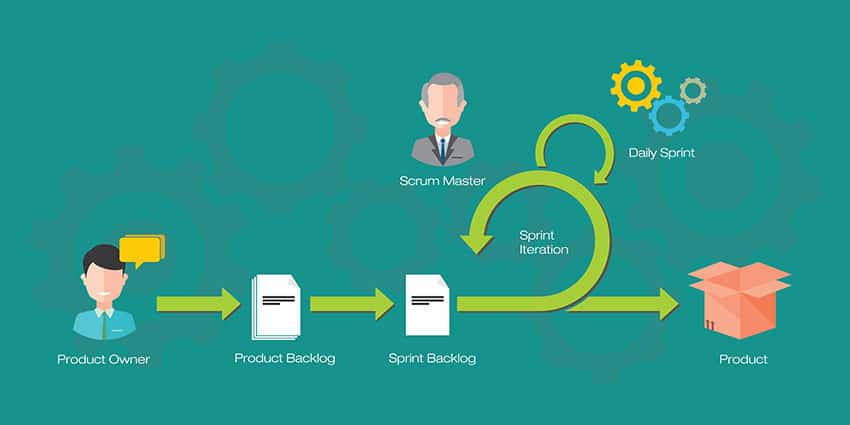Lean is a set of principles that were originally concocted in the 1940s to improve the manufacturing processes on the Toyota manufacturing floor. There are many documented successes when manufacturers have implemented lean practices to much success.
But luckily, manufacturers don’t own the patent on efficiency. While lean was initially thought up to help manufacturers become more efficient, these principles can also make sense for service industries. Changing the context doesn’t necessarily change the goals of lean: visualize, standardize and improve.
But how can lean specifically help service organization leaders streamline their processes? Does the lack of a tangible product create a unique set of obstacles when executing lean thinking?
Playing Catchup
One major obstacle service organizations face is that they’re generally playing catchup with manufacturers in terms of streamlining and efficiency.
As aforementioned, manufacturers were the pioneers when it comes to lean principles. Many have spent decades standardizing their process, streamlining their workflows, interpreting lean in their own ways and constantly improving, thanks to Toyota pioneering this set of ideas.
Although service industries are coming from behind, that means service organizations can study manufacturing models and learn from their missteps and mistakes when implementing lean across their organization.
During this research phase, lean leaders will notice that not all lean tools translate well from the manufacturing floor to service workflows. A tool used for quality control purposes while creating a widget obviously doesn’t make sense in a service context. So make sure the tools you choose to use make sense for your organization, goals and workflows.
Changing Your Mindset
While not every tool will translate well for service organizations, the important takeaway from implementing these principles is the change in mindset. One of the best things about lean is that it forces managers and employees alike to view their work through different eyes.
Once employees can effectively view their projects and tasks through a lean lens, they can prioritize, offer up more constructive feedback and engage more in continuous improvement efforts. Although this change in mindset takes time, training and continued effort from all parties involved, the shift toward lean thinking is generally worth the effort.
As demonstrated in numerous cases, executing on the lean principles can help an organization (service or otherwise) change the way it solves problems, automate their processes and manage bottlenecks more effectively. Doing so not only boost productivity — it can have a direct effect on your company’s bottom line.
Aligning Strategies with Objectives
Another way lean thinking makes service organizations more effective is by helping them better align their strategies with their key objectives.
How so? As beautifully summarized by the Lean Enterprise Institute, lean efforts “focus on the key business processes that directly affect the organization’s ability to deliver value to its customers.”
As we all know, not every strategy a company devises necessarily correlates directly with its bigger business objectives. Shifting the focus to value and examining every process and task through that lens is invaluable in helping the organization keep in mind its overarching goals. Honing in on efforts that improve the customer experience generally produce both immediate and long-term results — customers receive better service, and managers can cull processes or steps that don’t add any value.






